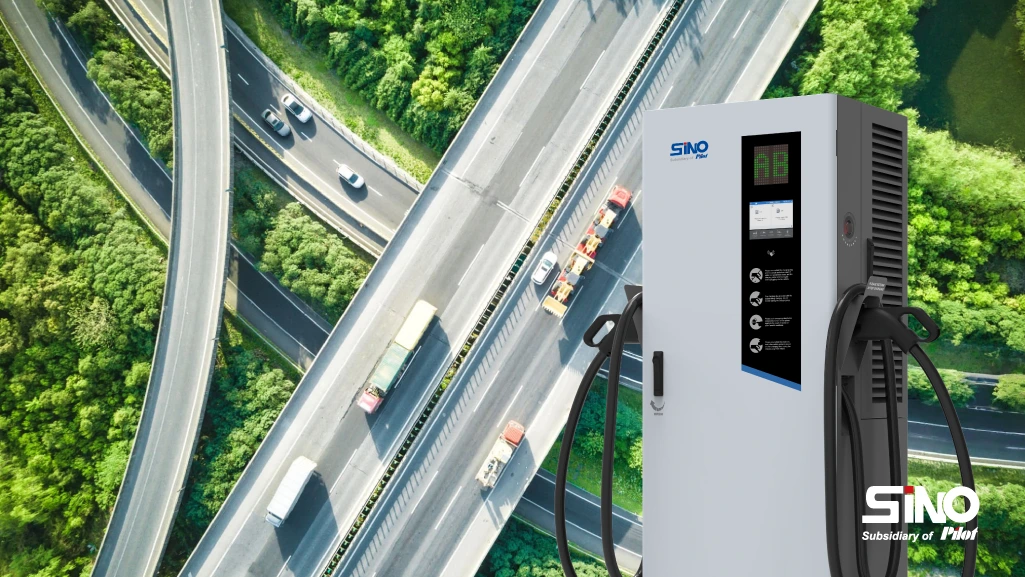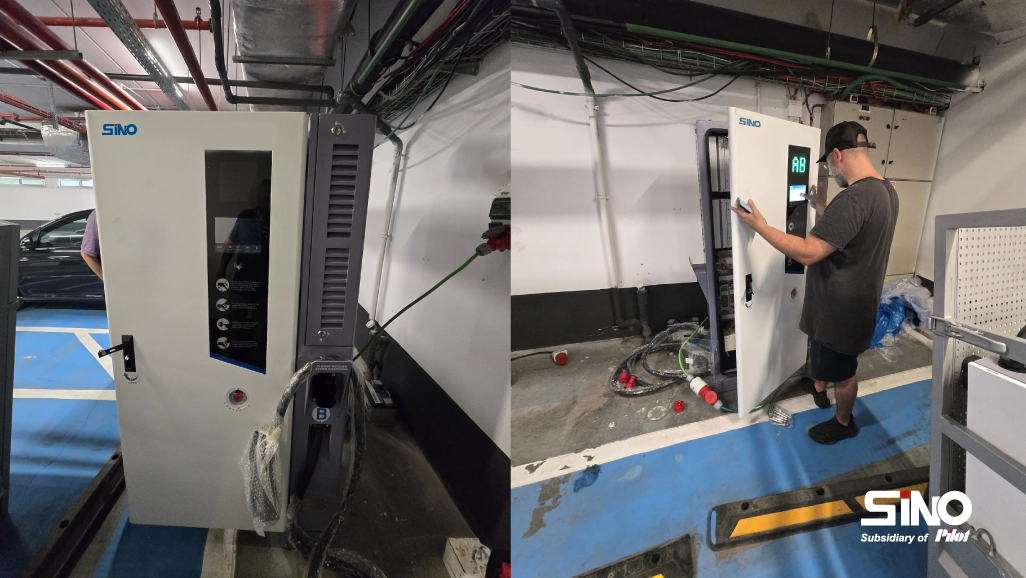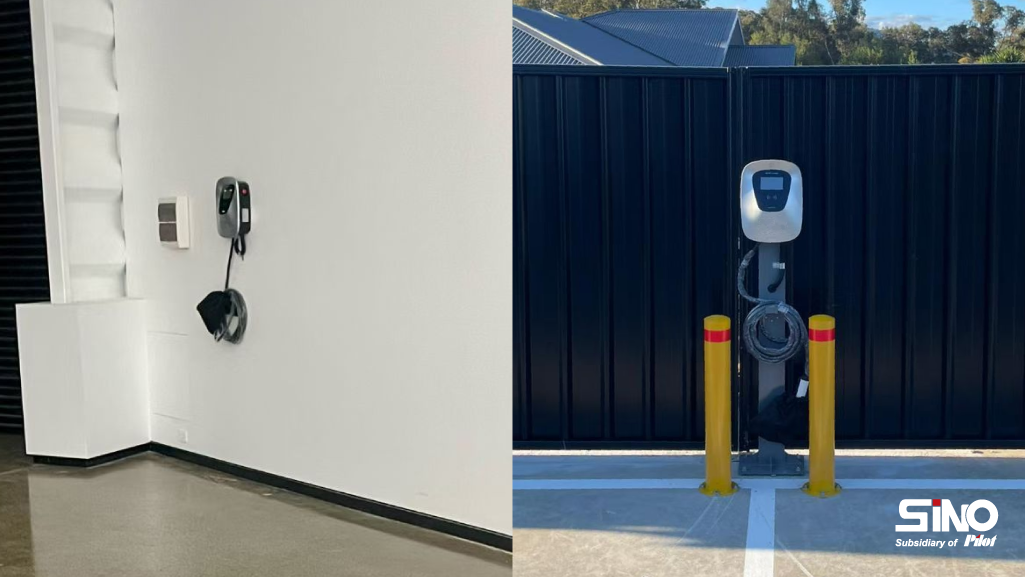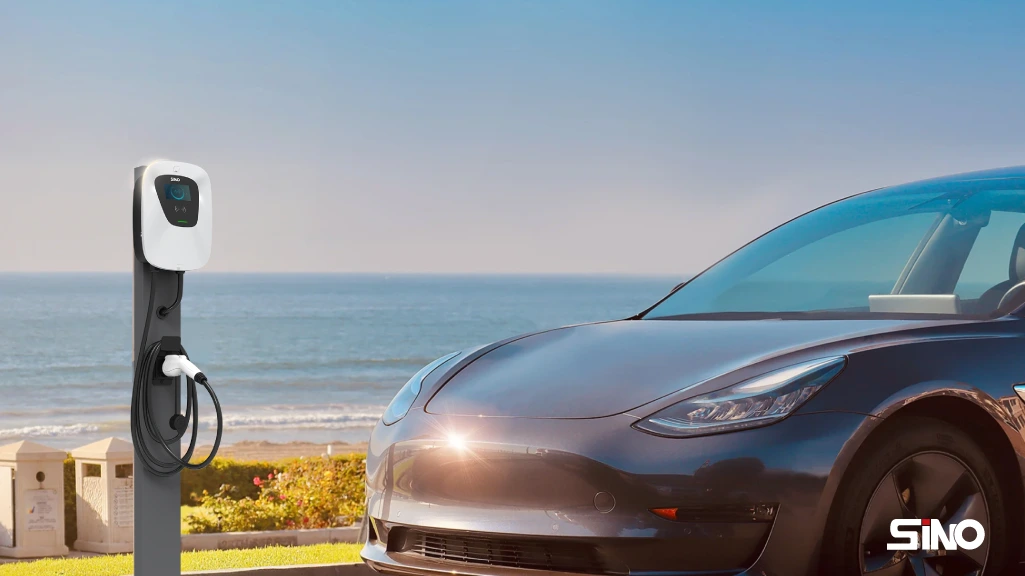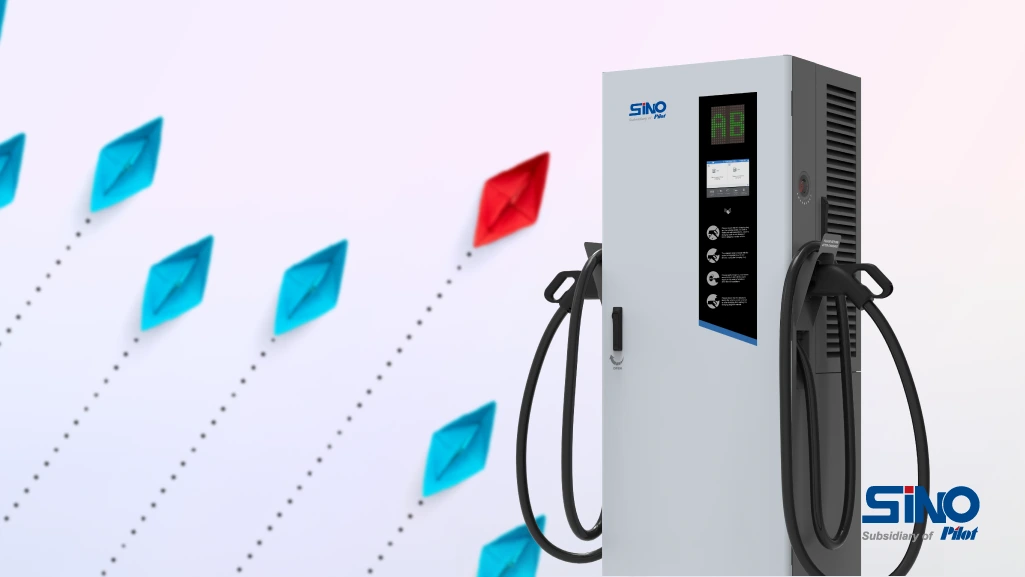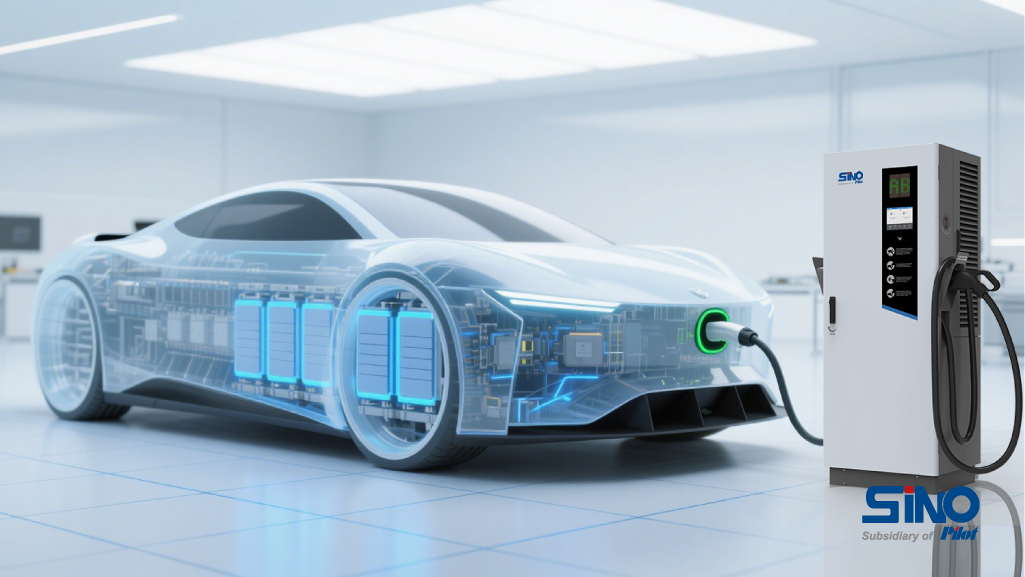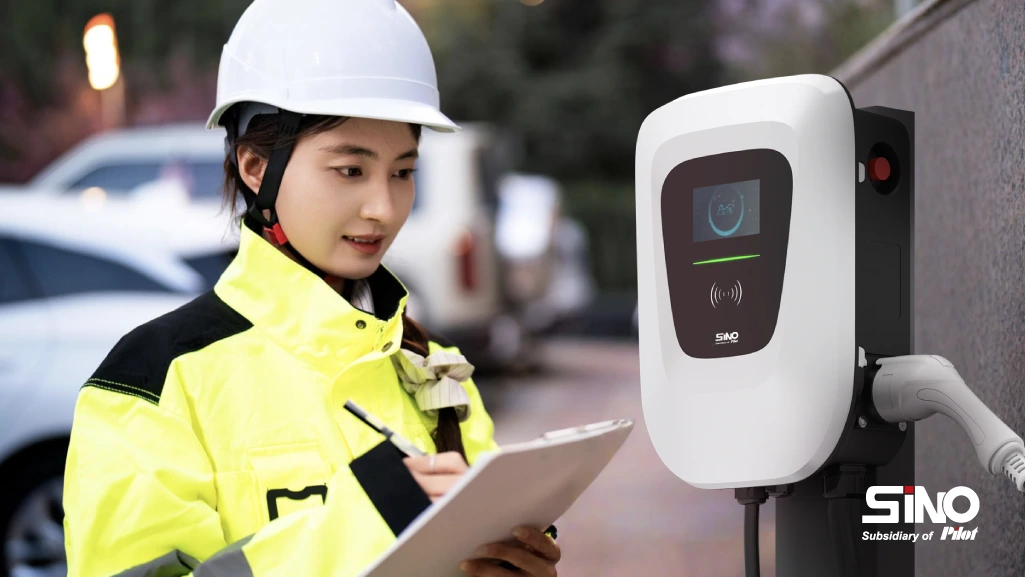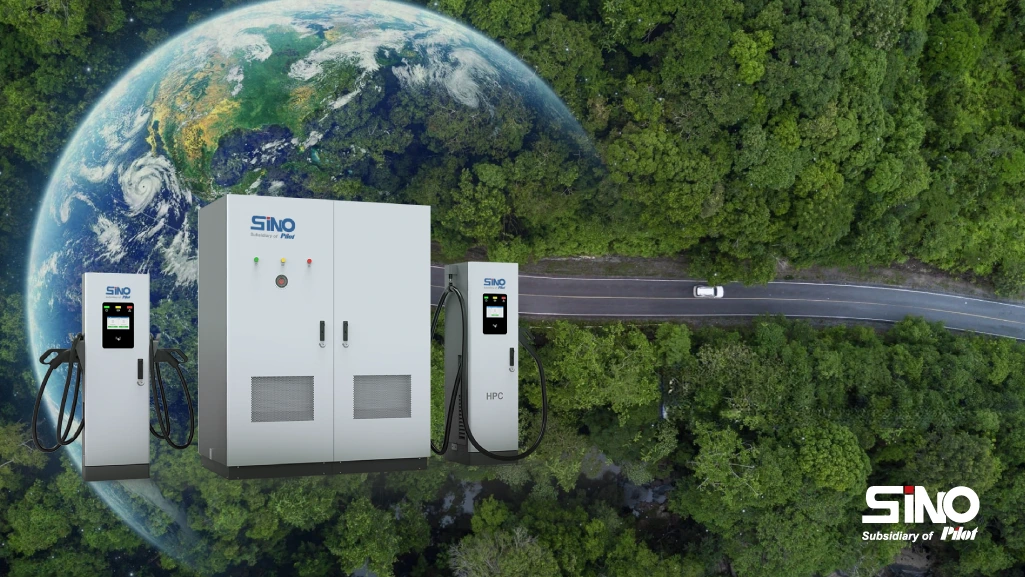Introduction:
Why Ignoring EV Charging Could Cost Your Business
The electric vehicle (EV) revolution isn’t coming, it’s already here. In 2023 alone, global EV sales surged to 13.6 million units, marking a 31% year-over-year increase (IEA). With governments phasing out gas-powered cars and consumers embracing sustainability, businesses that delay investing in EV charging stations risk losing customers, revenue, and relevance.
EV charging is no longer a niche amenity. It’s a strategic asset that drives foot traffic, enhances brand loyalty, and unlocks lucrative incentives. Here’s why your business can’t afford to wait.
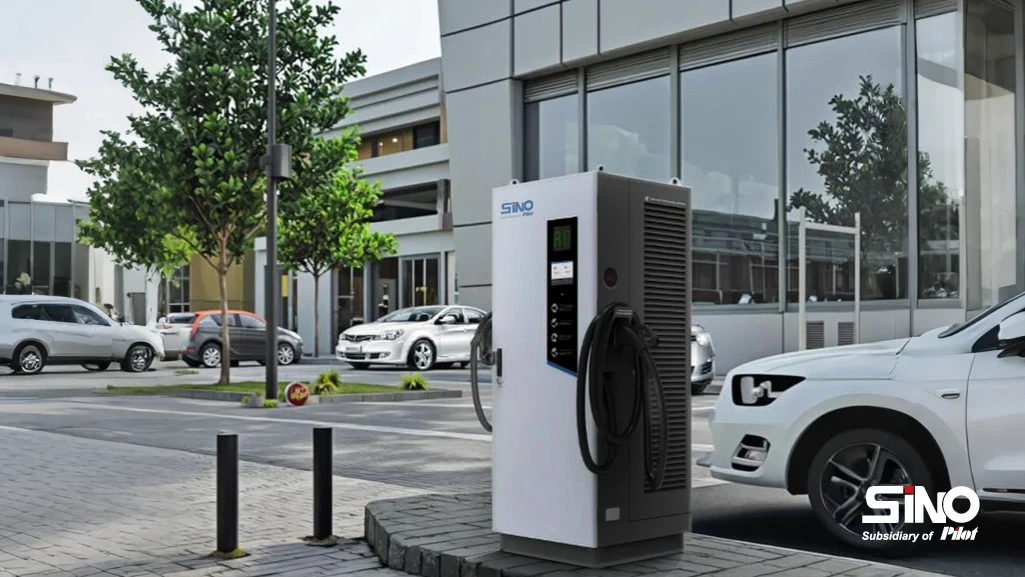
The EV Market is Booming, and Charging Demand Follows
By 2030, 30% of All Vehicles Sold Will Be Electric
BloombergNEF predicts EVs will account for 30% of global passenger vehicle sales by 2030, with over 300 million EVs on roads by 2040. Yet, public charging infrastructure lags far behind. In the U.S., the current ratio of EVs to public chargers is 20:1, a gap that spells opportunity for businesses.
Consumers feel the pinch: 48% of EV drivers cite “lack of charging access” as their top concern (JD Power). By installing stations now, you position your business as a go-to destination for EV drivers, a demographic that’s growing exponentially.
Attract and Retain Customers
Turn Parking Spots into Profit Centers
EV drivers don’t just park—they stay longer and spend more. Studies show drivers spend 50-100% more time at locations with charging stations (Forbes). For retailers, this translates to higher sales: businesses with chargers report 15-30% increases in in-store spending (ChargePoint).
Moreover, 68% of EV drivers prefer brands that offer charging (McKinsey). Whether you run a hotel, shopping center, or office complex, charging stations can differentiate your business in a crowded market.
Generate New Revenue Streams
Monetize Your Parking Lot, Here’s How
EV charging stations aren’t just a perk, they’re a profit driver. Here’s how to capitalize:
Fee Models: Charge per kWh, session, or idle time after charging completes.
Partnerships: Host networks like ChargePoint or Electrify America and earn a share of revenue.
Fleet Charging: Offer overnight charging for delivery vans or corporate fleets.
For example, a Midwest grocery chain reported $25,000/month in charging revenue while boosting customer retention.
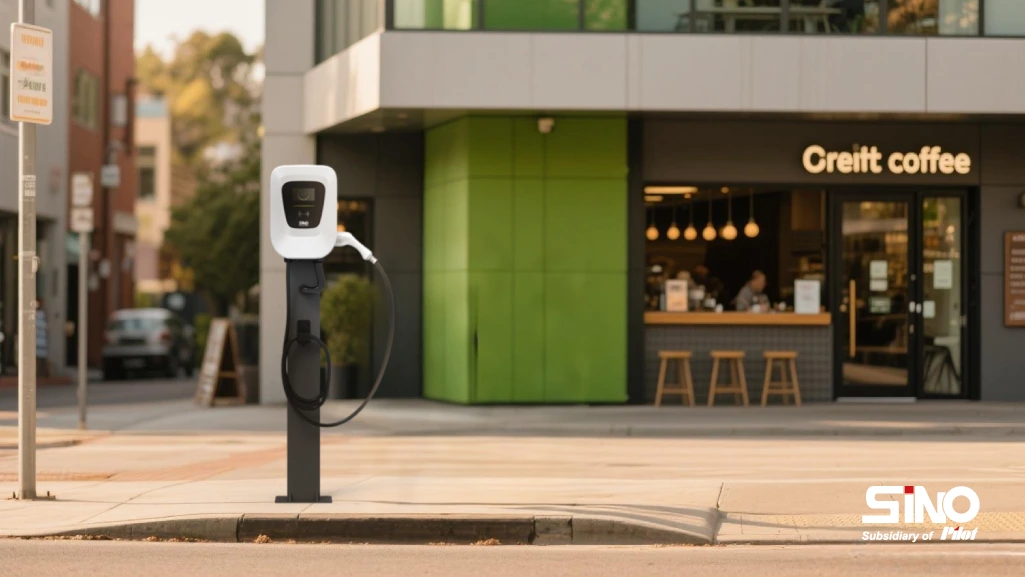
Government Incentives & Cost Savings
Up to 50% Off Charging Hardware? Yes, It’s Possible
Governments worldwide are rolling out grants and tax credits to accelerate EV infrastructure:
USA: The 30C Tax Credit covers 30% of installation costs (up to $100,000 per site).
EU: The Alternative Fuels Infrastructure Regulation (AFIR) requires highway-adjacent businesses to install chargers by 2025.
Local Programs: California’s CALeVIP offers rebates up to $80,000 per DC fast charger.
These incentives slash upfront costs, while energy-efficient chargers can reduce operational expenses. Bonus: Charging stations qualify for LEED certification points, enhancing your sustainability credentials.
Future-Proof Your Business
Avoid Being Left Behind in the Energy Transition
The shift to EVs is irreversible. Over 20 countries, including the UK and Germany, will ban gas-powered car sales by 2035. Meanwhile, commercial tenants increasingly demand EV-ready buildings, a JLL survey found 74% of companies prioritize sustainability in real estate decisions.
Investing now also prepares you for emerging tech like vehicle-to-grid (V2G) systems, where EVs stabilize power grids and generate energy credits. Future-proofing isn’t optional—it’s essential for long-term competitiveness.
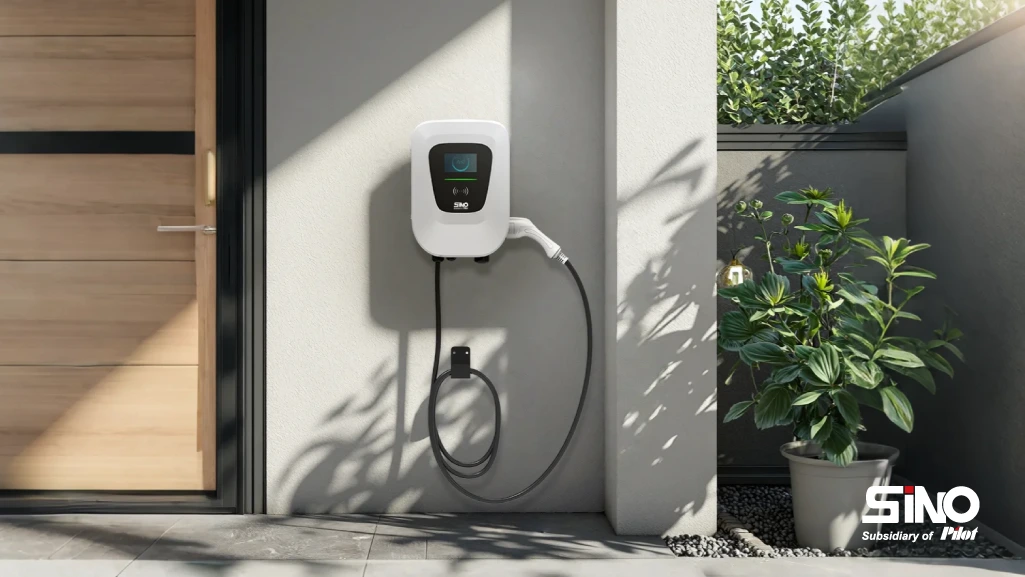
Conclusion: Act Now or Miss the Curve
The case for EV charging is clear: it attracts high-value customers, unlocks revenue, and secures incentives. With adoption accelerating, businesses that delay risk losing first-mover advantages.
Next Steps:
Audit Your Site: Partner with an EV charging provider to assess parking lot capacity, electrical needs, and ROI.
Apply for Incentives: Leverage tax credits and grants to minimize costs.
Promote Your Investment: Market your stations via apps like PlugShare to drive traffic.
As the world transitions to clean energy, EV charging isn’t just about electrons, it’s about staying relevant in a decarbonizing economy.
FAQ:
Q: Which businesses benefit most from EV charging?
A: Retailers, hotels, offices, hospitals, and multifamily housing see the highest ROI.
Q: How long does installation take?
A: Typically 4-12 weeks, depending on permits, electrical upgrades, and hardware availability.
Our Social
Facebook: www.facebook.com/sinoevc
Instagram: www.instagram.com/sinoevc
Linkedin: www.linkedin.com/company/sinoevse
Youtube: www.youtube.com/@sinoevc
Twitter: www.twitter.com/sinoevc

“Charging for A Better Life”
—Zhuhai Sino Energy Technology Co.,Ltd.



